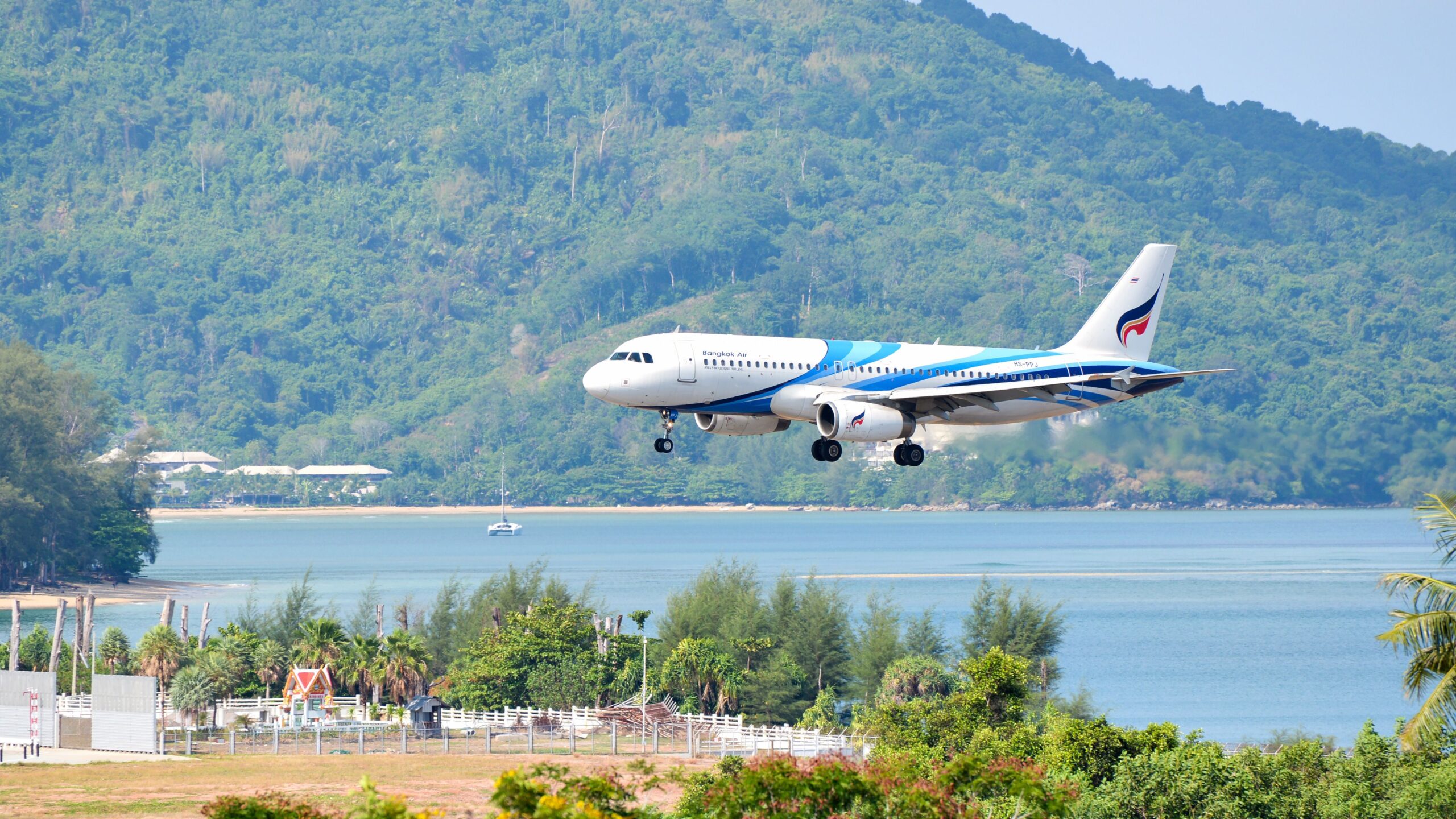In November, the Association of Asia Pacific Airlines held its 68th Assembly of the Presidents in Brunei, where leaders of the region’s major airlines consigned the COVID-19 pandemic to history. There is a lingering problem of supply chain disruptions to deal with, but overall, the airlines have fully recovered and are confidently looking to grow and have better times in 2025.
Asia-Pacific is back in the driver’s seat
Each month, the Association of Asia Pacific Airlines (AAPA) aggregates the international passenger traffic data from 38 Asia-Pacific airlines and presents it to members, media and interested parties. The airlines involved represent all sectors of aviation, including Singapore Airlines, Air India, China Southern, Japan Airlines, Thai Airways, Air Astana, Lion Air, Bangkok Airways, Cathay Pacific, Qantas, Royal Brunei, Malaysia Airlines, All Nippon Airways and Vietnam Airlines.
Today, AAPA released its preliminary traffic figures for November, which showed further growth in both the international passenger and cargo markets. As has been the way throughout 2024, November’s growth came from sustained levels of robust consumer and business demand, with year-to-date passengers up by 31.4% compared to the same period in 2023.

Related
Airbus Tells AAPA Leaders The Region Needs 19,500 New Aircraft By 2043
Airbus presented its latest forecast that shows Asia-Pacific needs 19,500 new aircraft by 2043.
In November, the region’s airlines carried 31.04 million passengers at a load factor of 82.0%, compared to 25.92 million at 79.3% in November 2023. A feature of 2024 has been how airlines have carefully managed seat capacity, with available seat kilometers growing by 17.6%, while demand, as measured by revenue passenger kilometers, grew by 21.7% year-on-year (YoY).
Photo: Hafit Irawan | Shutterstock
In the first eleven months of 2024, passenger numbers reached 333.7 million at a load factor of 81.5%, compared to 253.9 million at 80.9% in the same period in 2023. Between January and November 2024, available seat kilometers grew by 27.7%, while revenue passenger kilometers grew by 28.6%, increasing the load factor while adding extra aircraft and opening or resuming additional routes.
Supply chain disruption is still a concern
AAPA Director General Subhas Menon said Asia-Pacific airlines have led growth in international travel markets this year, [2024] benefitting from strong demand for both business and leisure travel, and that demand has now fully recovered to pre-pandemic levels. Looking towards 2025, Menon added:
“Based on current trends, 2024 is anticipated to conclude on a positive note for both passenger and cargo markets. However, uncertainty about the global economy and supply chain disruptions pose challenges to the region’s carriers. Asia-Pacific airlines remain well-poised to navigate these challenges whilst maintaining the highest safety and service standards.”
Photo: alphonsusjimos | Shutterstock
In the air cargo market, sustained e-commerce growth and the front-loading of export orders ahead of anticipated US tariff increases drove growth. As measured by freight tonne kilometers, international air cargo demand increased by 10.5% YoY, slightly outpacing the 10% rise in offered freight capacity, edging the November freight load factor up by 0.2 percentage points to 62.3%.
Asia-Pacific is now 39% of global seat capacity
In late December, schedules analyzer OAG released its weekly capacity update, which clearly showed the impact Asia-Pacific is having on global airline growth. Overall weekly capacity for the week commencing December 16, 2024, grew by 4.7% to 487.8 million seats, compared to 466.0 million in the same week of 2023.
Photo: China Southern Airlines
Of that gain of 21.8 million seats, 9.8 million or 45% of the total growth, came from Asia-Pacific. In the same week in 2023, Asia-Pacific airlines offered 179.81 million seats, which increased by 5.5% to 189.7 million in 2024, placing Asia-Pacific as the largest airline region globally.
To put that in perspective, in the week beginning December 16, 2024, Asia-Pacific airlines offered 189.7 million seats, followed by North America (109.1m), Europe (104.9), Latin and South America (44.5m), the Middle East (23.0m) and Africa (16.6m).





